![[In Photos] Ancient Silk Road Relics Go On Display at Shanghai Museum](https://img.yicaiglobal.com/src/image/2025/07/92216764987077.jpg) [In Photos] Ancient Silk Road Relics Go On Display at Shanghai Museum
[In Photos] Ancient Silk Road Relics Go On Display at Shanghai Museum(Yicai) July 9 -- Over 300 historical artifacts unearthed from the Guyuan region of Ningxia Hui Autonomous Region have gone on show at the Shanghai Museum, giving visitors a close-up view of the unique charm of this key stop along the ancient Silk Road.
The exhibition, entitled “Spiraling Glory: Treasures from Guyuan, Ningxia,” opened yesterday. It features exquisite collections and significant archaeological discoveries from multiple local institutions including the Ningxia Guyuan Museum and the Ningxia Institute of Cultural Relics and Archaeology. The artifacts date back as far as the Western Zhou Dynasty (1046-771 BC).
The exhibition highlights the cultural diversity and integration that once thrived in ancient Guyuan. Divided into three sections, it reflects the enduring appeal and inclusiveness of Chinese civilization since antiquity. The exhibition will run through Nov. 17.
Impressive light displays mark the entrance to the “Spiraling Glory: Treasures from Guyuan, Ningxia” exhibition at the Shanghai Museum.
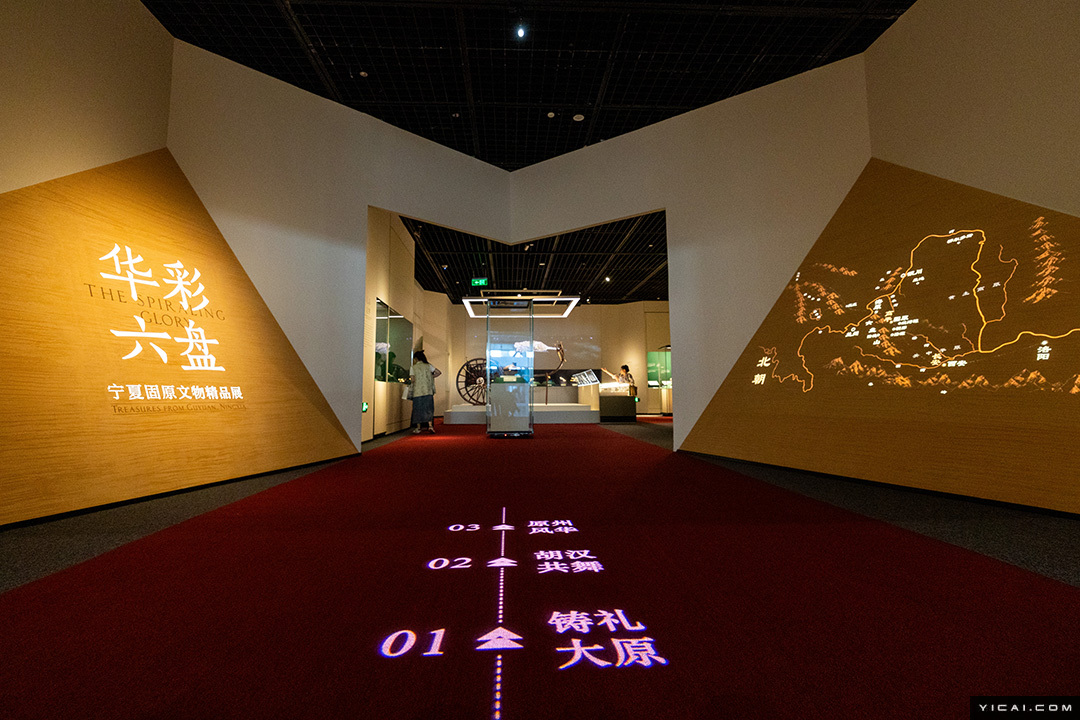
A Sasanian glass bowl from the Ningxia Guyuan Museum is exhibited. This artifact dates back to Persia's Sasanian Empire (3rd-7th century AD) and showcases ancient Persia’s exquisite glassmaking craftsmanship.
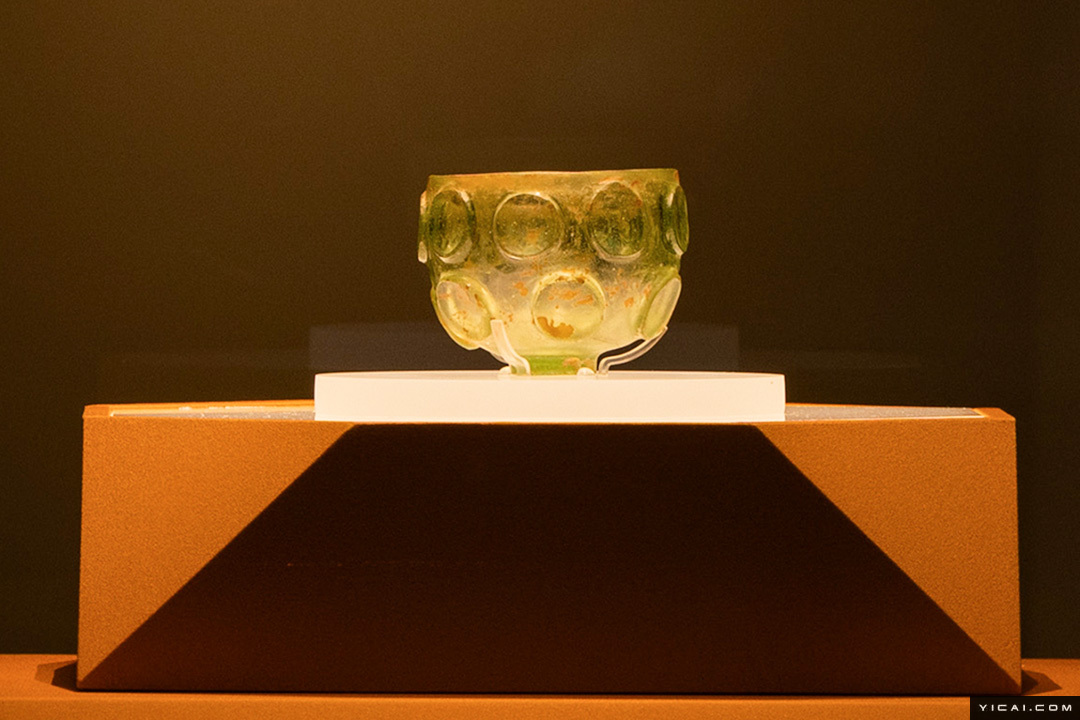
A gold ‘fangqi’ ornament from the Sui Dynasty (581-618 AD) enchants visitors. One side features a detailed hunting scene and the other bears an 82-character inscription. ‘Fangqi’ refers to rare and exotic treasures from different regions in ancient China.
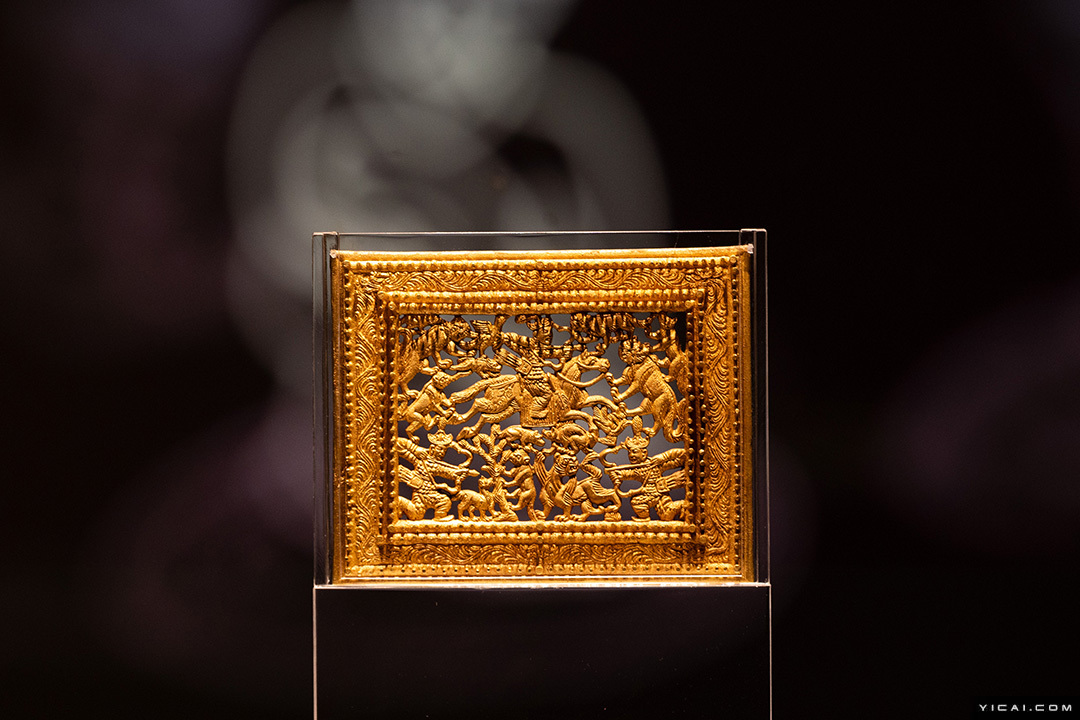
A gilded silver ewer from the Sasanian period commands attention. Crafted by Central Asian artisans, it is engraved with figures from Greek mythology. The piece made its way to China via Silk Road trade routes, reflecting the rich cultural and commercial exchanges between ancient Eastern and Western civilizations.
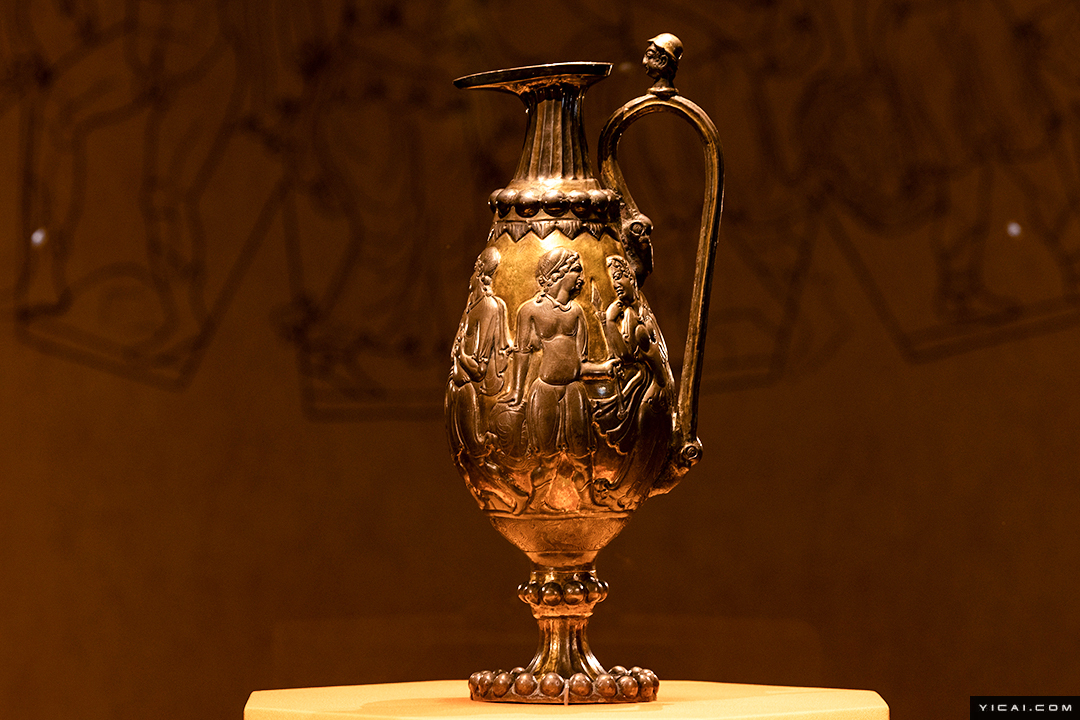
A Western Zhou Dynasty bronze ‘gui’ vessel is on display. This and other bronze artifacts excavated from Guyuan confirm that the Zhou Dynasty's rule expanded westward from the Central Plains.
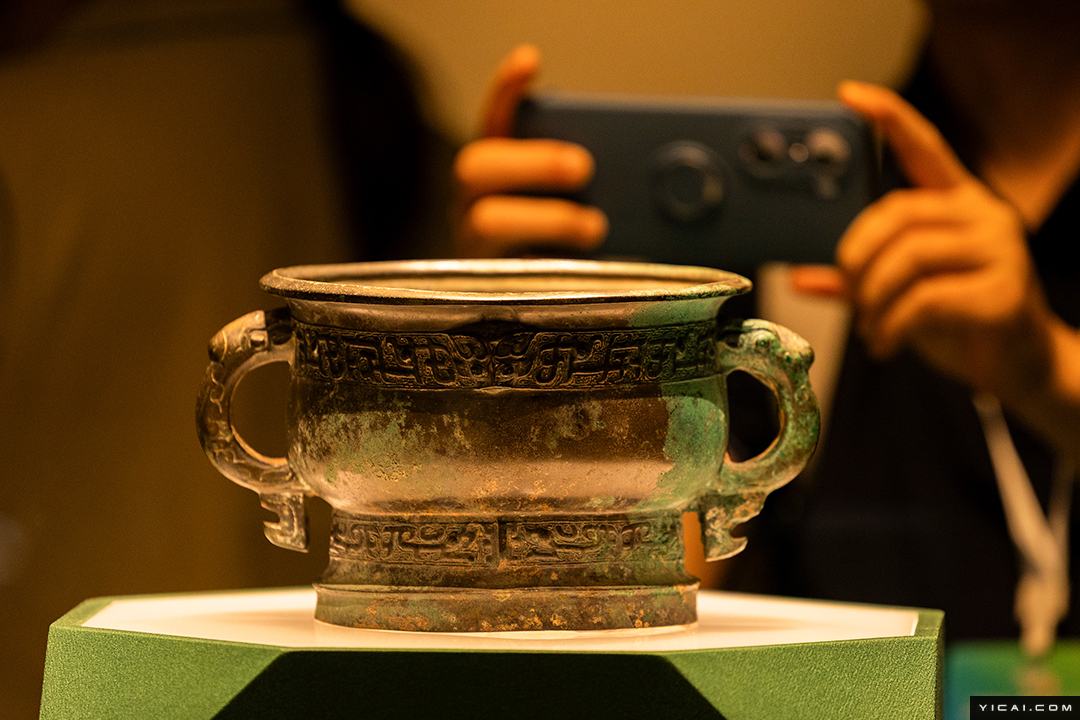
Editor: Kim Taylor